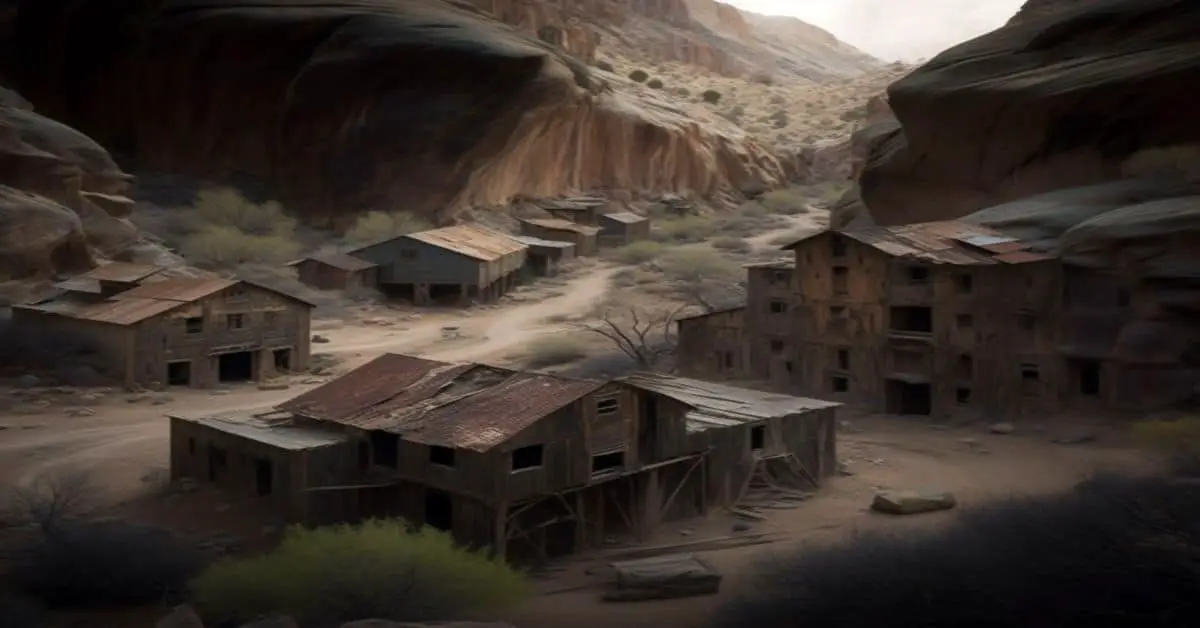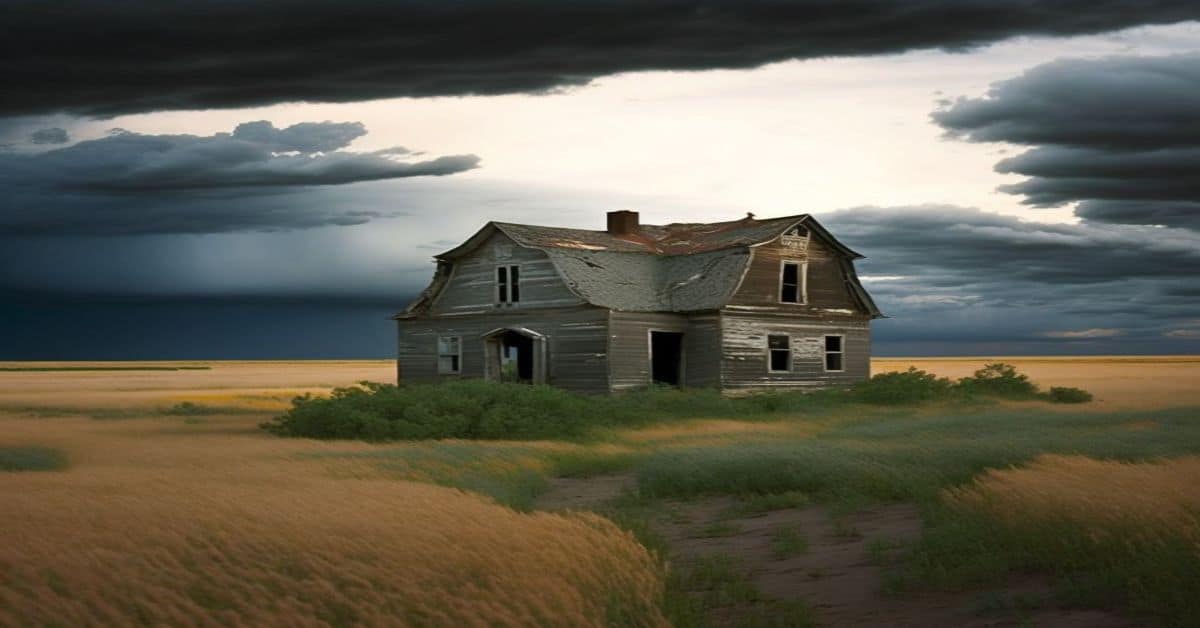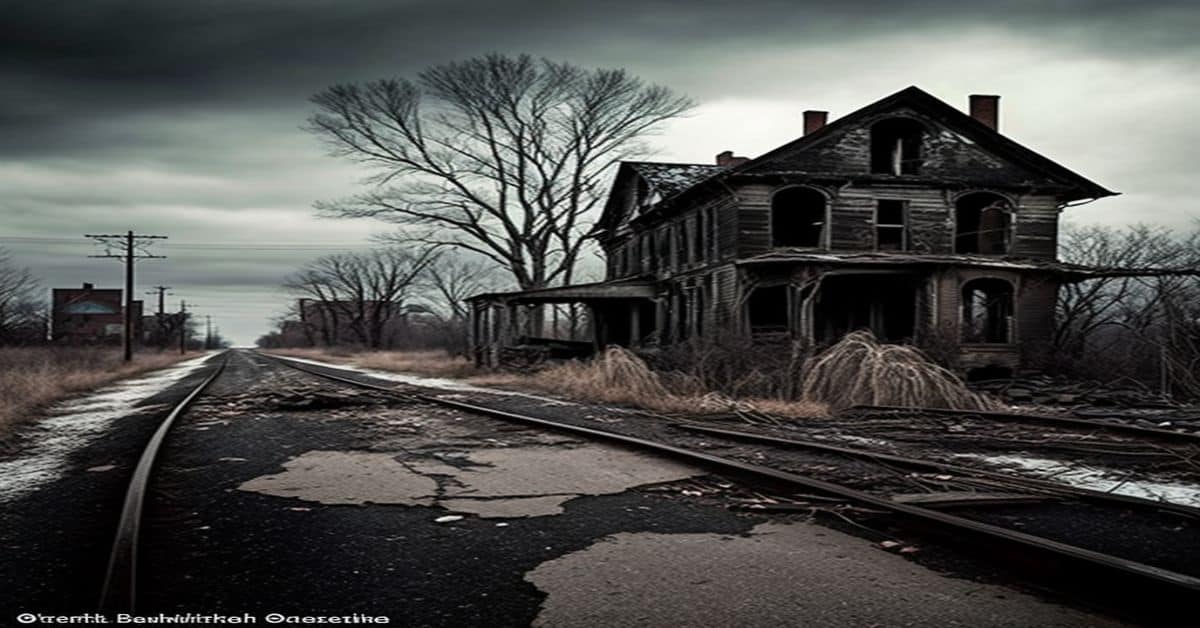Tascosa, a small town located in Oldham County, Texas, has a rich history filled with tales of cowboys, saloons, and violence. Founded in the late 1800s, Tascosa quickly became a hub for cowboys and cattle drives.
But despite its initial success, the town eventually fell into decline and became a ghost town in 1939. However, Tascosa’s story doesn’t end there. In the same year, the town was given new life as Boys Ranch, which still stands on the site today.
This article explores the fascinating history of Tascosa and its two lives as a cowboy town and a Boys Ranch. From its origins as a bustling center of cowboy culture to its decline and eventual rebirth, Tascosa’s story offers a glimpse into a bygone era of the American West.
By examining the factors that led to Tascosa’s decline and the efforts that went into its transformation into Boys Ranch, we can gain a deeper understanding of the forces that shape our communities. Join us as we explore the rich history of Tascosa and discover the secrets of this unique Texas ghost town.
Key Takeaways
- Tascosa was a small town in Texas that became a hub for cowboys and cattle drives in the late 1800s.
- The town’s economy depended heavily on ranching, and its main street was lined with businesses catering to cowboys and their needs.
- Following the railroad bypass in the early 1900s, the once thriving community faded into obscurity, leaving behind only remnants of its former glory.
- In 1939, Tascosa became Boys Ranch, a residential program that offers a home and education for at-risk boys, founded by Cal Farley, a successful businessman who wanted to give back to the community.
History and Origin
The history and origin of Tascosa, a former cowboy town in Oldham County, Texas, begin with its establishment as the seat of government in 1880. The town was known for its saloons, red light district, and violence, typical of a wild west town. Tascosa’s economy depended heavily on ranching, and its main street was lined with businesses catering to cowboys and their needs. The town’s location along the trail of the famous cattle drive made it a critical stop for cowboys to rest, refuel, and enjoy the amenities the town had to offer.
However, the town’s prosperity was short-lived. In the early 1900s, the railroad bypassed Tascosa, leading to its decline and eventual transformation into a ghost town in 1939. The town’s remains were preserved, and its historical monuments, such as the old stone courthouse and the 1889 schoolhouse, are open to the public.
Tascosa was reborn in the same year as Boys Ranch, which consists of residence halls, a school, dining hall, athletic fields, and homes for staff. Tascosa’s two lives serve as a testament to the town’s resilience and its significance in Texas history.
Decline and Ghost Town
Following the railroad bypass, the once thriving community faded into obscurity like a withering flower, leaving behind only remnants of its former glory. The town’s population dwindled, and businesses closed their doors, leaving behind abandoned buildings that now serve as a reminder of the town’s past.
Despite its decline, Tascosa’s cultural preservation has been a priority for the community, with efforts made to maintain and restore historical monuments. Today, visitors can explore the old stone courthouse and the 1889 schoolhouse, both of which are open to the public. These buildings offer a glimpse into the town’s past and serve as a testament to the community’s commitment to preserving its history.
While Tascosa may be a ghost town, its legacy lives on through the efforts of those who seek to keep its memory alive.
Rebirth as Boys Ranch
After becoming a ghost town in 1939, the site of Tascosa was reborn as Boys Ranch, a residential program that offers a home and education for at-risk boys.
The program was founded by Cal Farley, a successful businessman who wanted to give back to the community.
Farley believed that the boys needed structure, education, and love to overcome their challenges, and he provided them with a supportive environment that emphasized those values.
The Boys Ranch is more than just a residential program; it is a community that involves the boys, staff, and volunteers.
The boys participate in various activities, such as sports, music, and theater, and develop skills to help them succeed.
The program also encourages community involvement through volunteering, fundraising, and other activities.
The Boys Ranch has become a symbol of hope for many families, and it continues to provide a safe and nurturing environment for at-risk boys.
Frequently Asked Questions
What was the population of Tascosa at its peak and how does it compare to the current population of Boys Ranch?
The population of Tascosa at its peak is unknown, but it was a bustling cowboy town with a violent reputation. Boys Ranch, located on the site of Tascosa, currently has a population of around 300. Demographic changes reflect a shift from a rowdy frontier town to a peaceful community for troubled youth.
Are there any notable events or famous figures associated with Tascosa’s history?
Notable figures associated with Tascosa’s history include outlaw Billy the Kid and lawman Pat Garrett. Famous events include the first rodeo in 1888 and the shootout at the Hyde Park Saloon. Historical landmarks include the old stone courthouse and 1889 schoolhouse.
What industries besides cattle ranching were prevalent in Tascosa during its heyday?
Tascosa’s diversified economy saw growth beyond cattle ranching during its heyday. Other prevalent industries included farming, mining, and transportation. This contributed to the town’s development as the seat of government for Oldham County in 1880.
What is the current economic situation of Boys Ranch and how does it compare to Tascosa’s past?
Boys Ranch, built on the site of Tascosa, currently provides homes and education for children in need. While facing current economic challenges, future prospects include expanding programs and increasing community involvement.
Are there any ghost stories or supernatural legends associated with Tascosa or Boys Ranch?
There are no known supernatural legends or local folklore associated with Tascosa or Boys Ranch. The town’s history is primarily known for its wild west past and subsequent rebirth as a residential community for at-risk youth.


